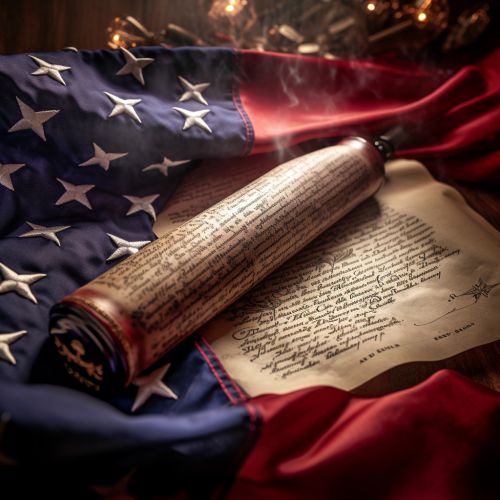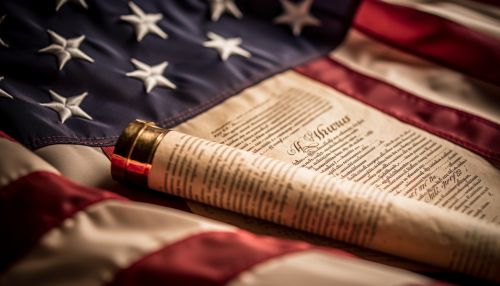First Amendment to the United States Constitution
Overview
The First Amendment to the United States Constitution is one of the ten amendments that constitute the Bill of Rights. Ratified on December 15, 1791, it is a cornerstone of American law, protecting freedoms of speech, religion, press, assembly, and the right to petition the government for redress of grievances.


Historical Context
The First Amendment was drafted in response to the perceived shortcomings of the original United States Constitution. During the Constitutional Convention of 1787, many delegates expressed concern that the new Constitution did not adequately protect individual liberties. This led to the drafting of the Bill of Rights, which was intended to safeguard individual freedoms from potential government overreach.
Text
The text of the First Amendment reads: "Congress shall make no law respecting an establishment of religion, or prohibiting the free exercise thereof; or abridging the freedom of speech, or of the press; or the right of the people peaceably to assemble, and to petition the Government for a redress of grievances."
Interpretation and Application
The interpretation and application of the First Amendment have been the subject of numerous United States Supreme Court cases. These cases have shaped our understanding of the amendment's protections and have established important legal precedents.
Freedom of Religion
The First Amendment guarantees both the freedom of religion and the freedom from religion. This is often interpreted as a separation of church and state, a concept that has been upheld in numerous Supreme Court cases such as Everson v. Board of Education and Lemon v. Kurtzman.
Freedom of Speech
The freedom of speech protected by the First Amendment is not absolute. The Supreme Court has identified several categories of speech that are less protected or not protected at all, such as obscenity, defamation, and incitement to violence. Key cases in this area include Chaplinsky v. New Hampshire, New York Times Co. v. Sullivan, and Brandenburg v. Ohio.
Freedom of the Press
The First Amendment's protection of the freedom of the press has been interpreted to mean that the government cannot censor the press or interfere with its right to publish information. This was affirmed in landmark cases such as Near v. Minnesota and New York Times Co. v. United States.
Right to Assemble and Petition
The right to assemble and petition the government for redress of grievances is also protected by the First Amendment. This includes the right to protest and the right to join with others in promoting political, economic, and social change.
Impact and Significance
The First Amendment has had a profound impact on American society and culture. It has shaped the nation's approach to issues such as religious freedom, free speech, and press freedom, and has influenced legislation and legal decisions at all levels of government.
